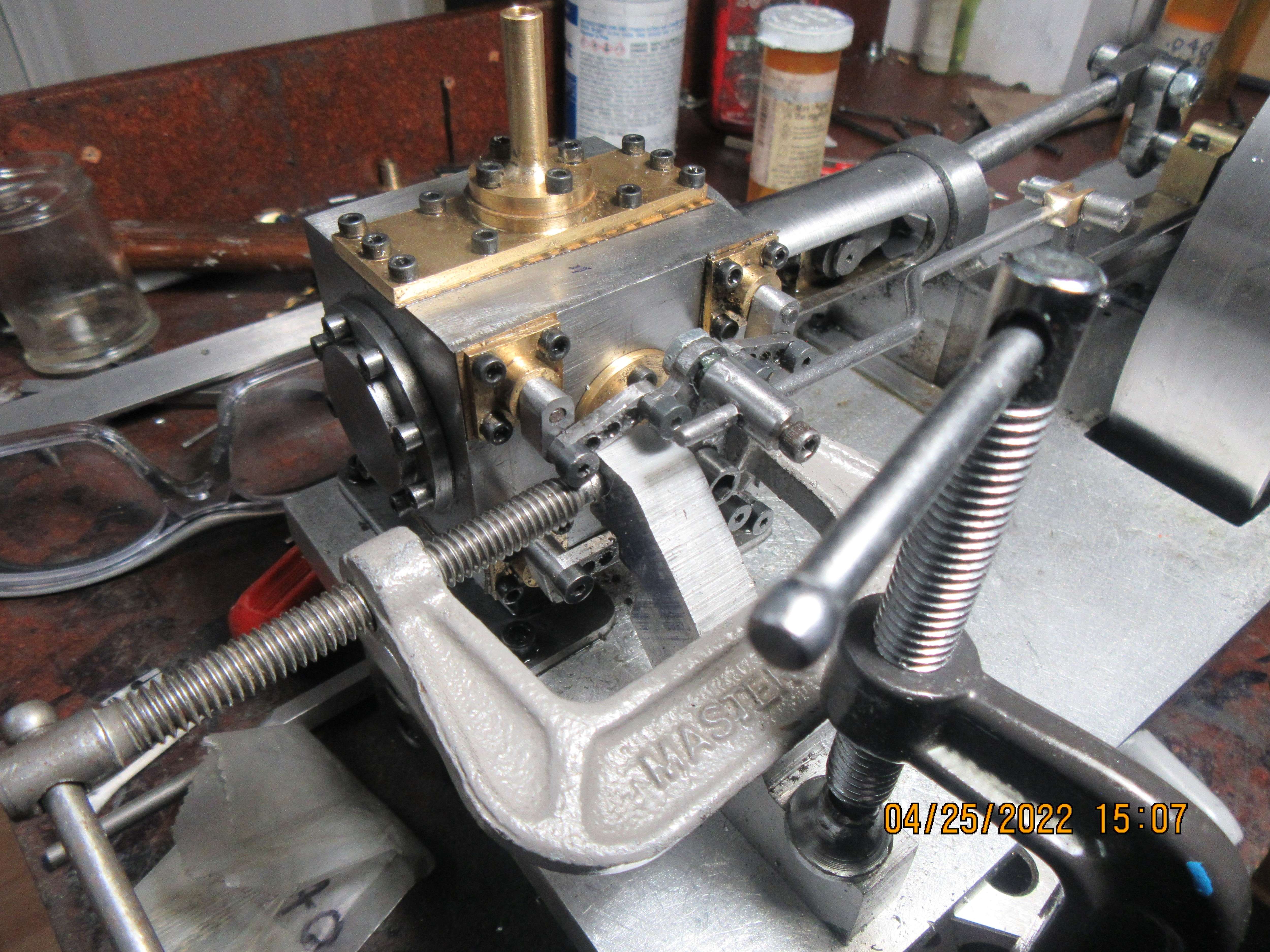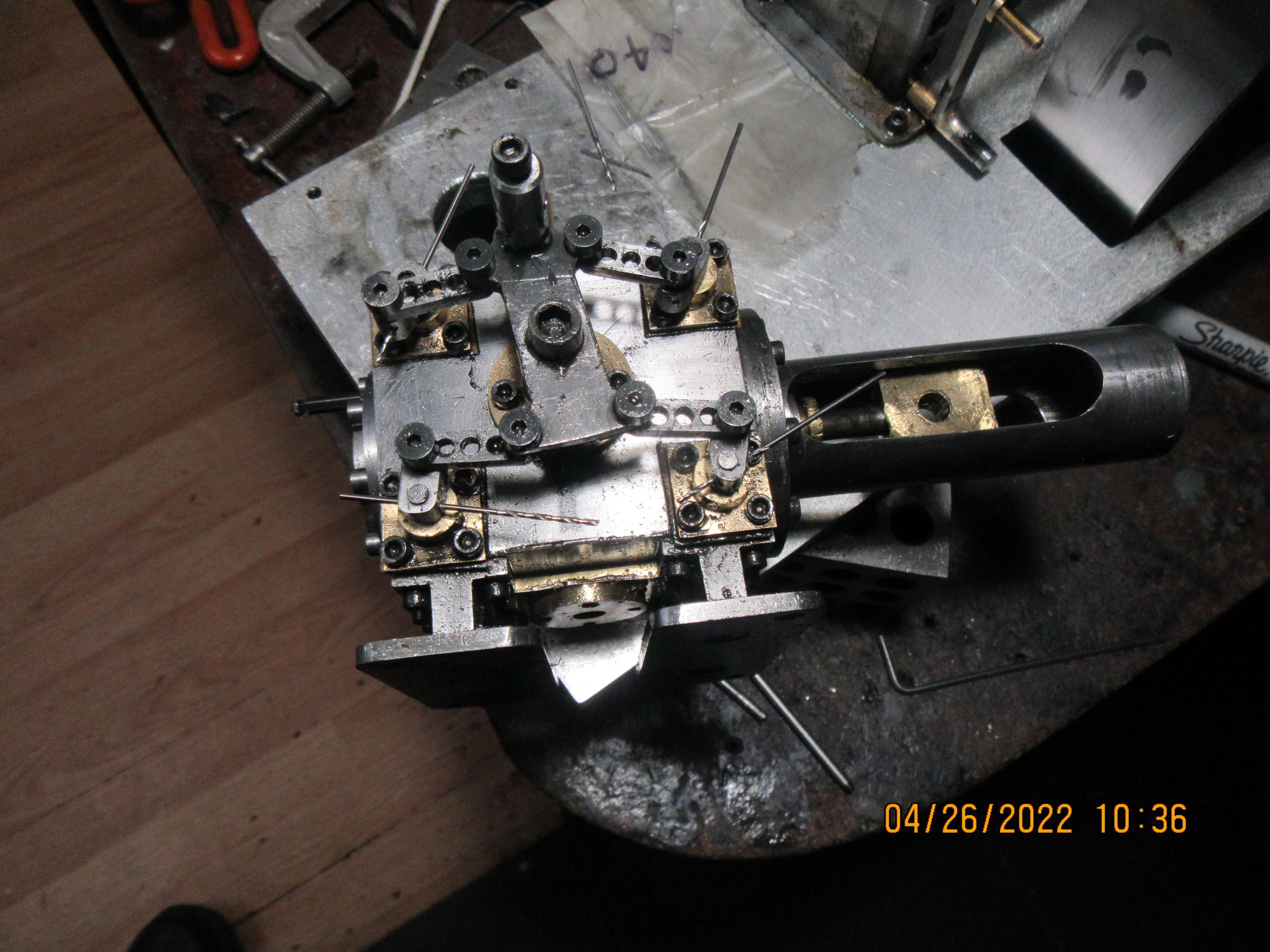Hi Brian. Pinning should be totally secure, although the hole does weaken the shaft considerably. But there is so little force (bending and torque) on the shaft, I can't see you having problems with just a pin, so have you considered just trying a tight pin secured with a drop of Loctite, then at least you have an option of checking security with a test build and a run before committing to silver soldering? Alternatively, slightly peening over the ends will secure a pin (like a rivet, but just enough to secure it? In fact, if thesteel pin is not ahard grade, it may expand slightly during a peening operation which will also eliminate any slack. I have a small compressor (inflates car tyres) that runs off a small electric motor, and that is how the motor shaft and compressor shaft are connected. Simply, the pin is a press fit.
When I looked at my Unimat lathe pulleys (One takes full torque from the motor) they are sliding fits on their shafts, and at the 5mm dia. motor spindle there is a 2mm pin through it (just-tight fit) and the ends are locating in a related groove in the aluminium pulley. This has had decades of use and isn't worn-out, so the pin can take the torque, and the pulley can cope with the load from whatever reaction there is from the cutting load, so maybe that is all you really need? The original motor ran between 4000rpm free load, to ~2500rpm loaded. I realised this different application is basically a "DC" load with ripple, not an "AC" load like your valve oscillation (torque positive and negative through a zero-point). But the valve is purely rotating so the only forces are against the inertia and friction involved. Or am I missing something here?
Cheers!
K2



























































